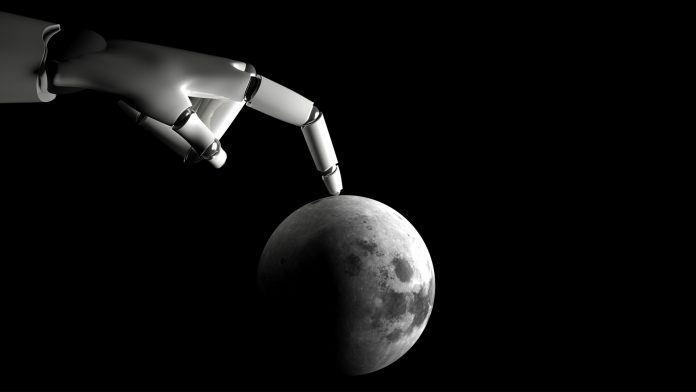The Indian Space Research Organisation (ISRO) has released video footage of their ‘half humanoid’ robot to be part of the Chandrayaan-3 mission, sending an unmanned lander to the Moon.
After a failed attempt in September 2019, ISRO will be sending their ‘half humanoid’ robot, named Vyommitra, to the Moon. The robot is meant to aid ISRO understand how astronauts will interact with the equipment inside India’s spacecrafts.
ISRO’s mission in September was designed to land the Vikram lander on the surface of the Moon, unfortunately this mission failed due a breaking problem. If this mission was successful, India would have been the fourth country to land on the Moon.
“It’s called a half humanoid because it doesn’t have legs. It can only bend sidewards and forward. It will carry out certain experiments and will always remain in touch with the ISRO command centre,” said ISRO scientist Sam Dayal.
ISRO are planning on sending a human into space for the first time by the year 2022, meaning there is a limited time available to develop a crew module and rocket system to ensure safe travel and return for ISRO’s astronauts.
Instead of the tradition of sending animals to space, like Laika the dog, ISRO plan on sending this ‘half humanoid’ robot in order to test the efficacy of its GSLV Mk III rocket to transport humans into space and back.
ISRO’s GSLV Mk III rocket is undergoing improvisation to ensure that it is safe to transport humans into space. ISRO plan on launching the manned rocket into space in December 2020. The ISRO will be attempting to launch and recover the module using new test launch rockets, which are also under development.
The ISRO’s team are experience in the building or robotic systems for space projects. Using Artificial Intelligence, the Vikram lander system assessed distance speed and processing commands stored in the lander system.







